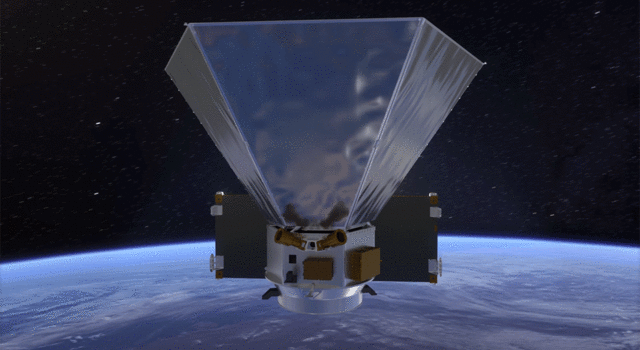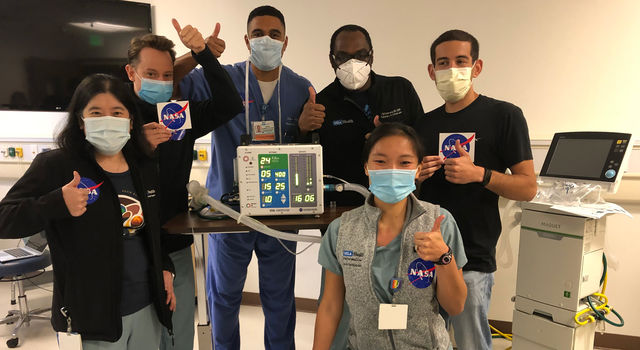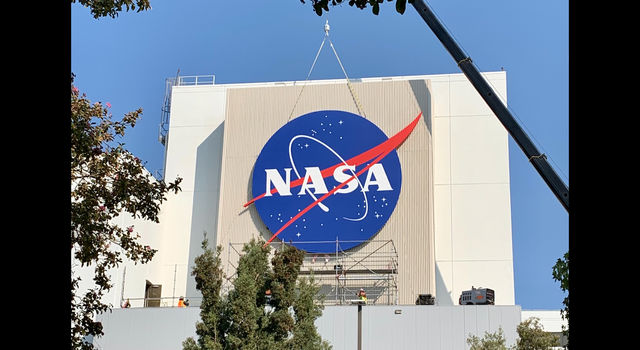Blogs | Slice of History | January 7, 2014
Cassegrain Transmitter Cone
December 24, 2013, marked 50 years since the official beginning of the Deep Space Network. On that date in 1963, JPL Director William Pickering sent out a memo announcing that the Deep Space Instrumentation Facility, or DSIF, Interstation Communications, and the mission-independent portion of the Space Flight Operations Facility would be combined and renamed the Deep Space Network, or DSN. At that time, the DSIF already included five large antennas in California, Australia, and South Africa, to provide complete communications coverage as the Earth rotates.
The DSIF began with mobile tracking stations that were used to track the Explorer spacecraft, and in 1958 the first 85-foot (26 meter) antenna was built in the Mojave desert, at the Goldstone Tracking Station. As new communications technology developed, new antennas have been added to the DSN sites and existing antennas enlarged or modified to increase their capabilities. This photo shows a Cassegrain cone 100-kw transmitter developed for the 85-foot antenna at the Goldstone Venus site (DSS-13) in Goldstone, Calif. It was placed on a cone test elevator in the high-voltage power supply building at Goldstone and raised up high enough that the radiating feed horn on top of the cone was above the roof line of the building during tests. Development and testing was completed in time for it to be used in communicating with the Mariner 4 spacecraft that went to Mars.
This post was written for “Historical Photo of the Month,” a blog by Julie Cooper of JPL's Library and Archives Group.
TAGS:HISTORY, TECHNOLOGY, DEEP SPACE NETWORK







